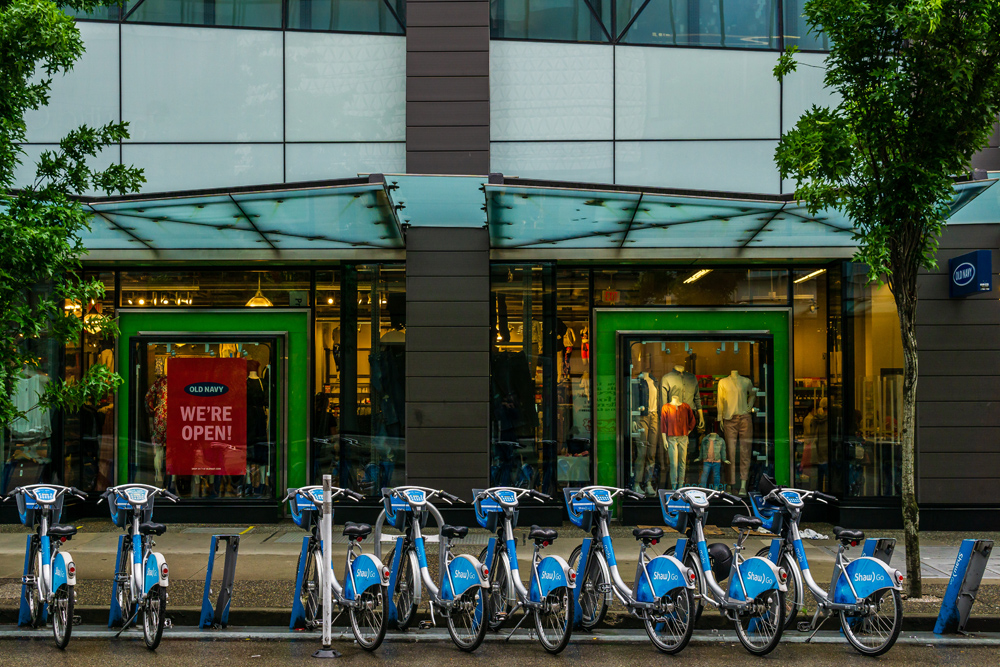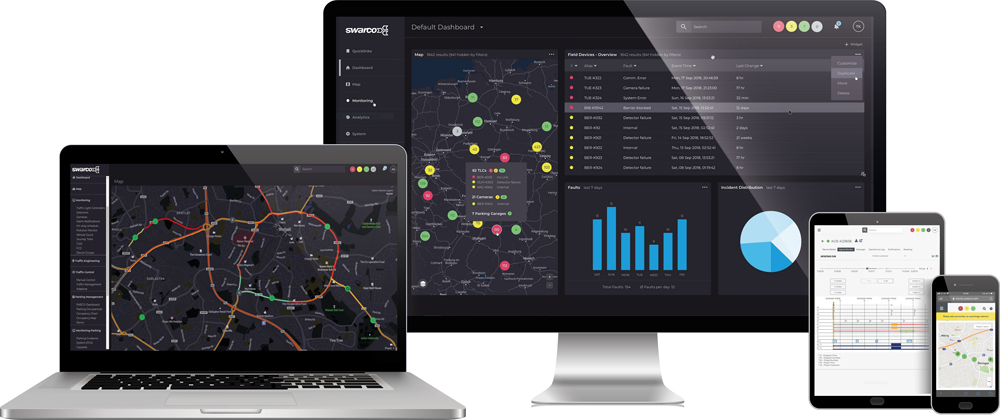
There were several big themes at the first Virtual ITS European Congress but perhaps one stood out: the importance of cooperation.
While the coronavirus pandemic has changed the way we think about mobility – and 2020 had been “a dramatically challenging year” - it also provides a chance for growth in different areas, said Ertico – ITS Europe chairman Dr Angelos Amditis.
He added: "We are heading into a new era where everything is questionable. Mobility is navigating into unprecedented times. Every crisis creates opportunities and our focus should be on opportunities.”
Smart mobility has the power to provide a "green, secure and connected ecosystem”.
Matthew Baldwin, deputy director general at the European Commission, pointed out that digitalisation, electrification, automation and data sharing were going to be very important in future.
“Digitalisation is vital for linking all modes together; electrification, low carbon and renewable fuels are reducing emissions,” he said. “Automation could deliver an alternative to private vehicle ownership. We need to be able to share data between mobility and transport actors.”
Baldwin said the EC is "counting on the ITS industry" to support the "collective resolve to rethink and update mobility and transport systems".

The Covid-19 pandemic was never far away from delegates’ thoughts. “Resilience is the capacity to recover quickly from unanticipated events,” said Richard Szostak, principal adviser for digitalisation and smart mobility at the EC’s DG Move. “That doesn’t mean there’s no risk anymore.”
But with cooperation, it would be achievable, he thought.
Michael Schuch, COO of Swarco Group, insisted that a more general approach to cooperation would have to involve companies relaxing their grip on some proprietary technologies in order to take advantage of opportunities which will only come through collaboration.
"We need to prepare to open up," he told Congress delegates, saying that it was important to embrace the contributions of new players.
For seamless integration along the whole mobility value chain, "the industry needs to make a move towards each other".
"The key is that interoperability and collaboration is happening,” he said.
Open data
However companies choose to operate, information is going to be crucial.
“The more data we get, the better the ‘digital playground’ gets,” said Christian Haas, CEO of PTV Group. He gave the example of air mobility services, which could be tested through modelling to see how and where they should be implemented in a real environment.
PTV uses historical and real-time data to predict, he went on: “But it requires collaboration between different players.”
Sandra Witzel, head of marketing at Skedgo, agreed: “As a tech service provider, without open data it’s really hard to innovate. You can create new modes but you need data to make services work and adapt to new situations.”
But when you do have it, the results can be impressive. Witzel mentioned work that Skedgo had done to help travellers who are on the autistic spectrum to find the least-occupied carriages on public transport. As Covid hit, that work was repurposed to help achieve social distancing. “You can produce really unexpected products and services,” she said.
Mobility companies also need to take heed of existing examples and collaborate when developing new business models, she said: "We don't have to reinvent the wheel.”
Witzel suggested there were good examples of open data policies in Finland or in Skedgo's own work with Transport for New South Wales in Australia.

"There is so much out there: reach out to your networks and look around. Put together your own playbook that works for you."
She also said that it was important to have regard for the environment in which you are operating, rather than just attempting to enact your vision regardless.
"We don't work on a blank canvas," said Witzel. "We innovate and disrupt in a living, breathing environment. We have to find a balance between regulation and innovation. We can use digital services to connect all of the modes in a smarter way."
Service disruption
There is a need for public authorities to work more closely with the private sector, thinks Haas. Witzel agrees that there needs to be a careful approach from both sides to see how they might work together, citing Uber’s interaction with public transport as “one of the great public and private collisions”. “Uber rolled into the market with no consideration for anyone,” she said. “But you can’t not work with public transportation authorities – it doesn’t work.”
Schuch said that this cooperation would be vital for future prosperity. “Traditional traffic players need public funds to get their innovative ideas on the street,” he said. “We are not fast enough when it comes to deployment.” This leads to the risk of becoming obsolete.
“Many cities don’t have a clear idea of future mobility,” he went on. “There is no coherent vision. Legislation should allow for disruption in mobility. Cities need to involve stakeholders in open dialogue. The disruption happening today brings a very broad challenge.” Individual companies will not have all the answers. “This open dialogue in the early stage might help to get a clear vision and clear policies in place,” Schuch added.
When it comes to disruption, another major problem – with Uber’s business model in mind - is that “technology is one step ahead of legislation”, pointed out Manuel Lopez Villena, Indra’s traffic and infrastructure director. There is certainly some element of catch-up being played by authorities all over the world at present as they get to grips with modes such as micromobility and the problems – such as grey areas over legality or street clutter – that have ensued.

Accessibility of transport to everyone was going to be increasingly important, said Villena. Witzel pointed out that in the European Union alone there are “tens of millions of people with reduced mobility”.
“If mobility is not accessible, so many groups of people are going to be left out,” she warned. “We need to look at users’ needs, what the community needs.”
A lot of good work in this regard was happening at local level, she added, highlighting Leicester City Council in the UK’s Choose How You Move initiative, which attempts to encourage people into taking more active and sustainable travel mode.
“They know their people and can push them to certain behaviours,” she explained. SkedGo’s work on journey planning looked at options such as the healthiest, fastest and cheapest routes.
“People are driven by emotions,” said Schuch. “If you can make travelling tailored to the needs and preferences of travellers it will be a game-changer. But seamless mobility is far from being the ‘new normal’. Banning cars is unrealistic: today, the alternative means of transport are lacking. We need better solutions, we need to look at the entire system, of which cars are just one part. We should look at making other modes more attractive so the driver becomes a fan.”
Gamification, bonus programmes, rewards and discounts could be among the ways to help to do this.
There is a delicate balance to be struck and the panel agreed that innovation needed to happen within certain boundaries. “Public authorities should not – and must not – lose control of mobility systems,” Schuch insisted.
Framework conditions
“Cities have to realise they are in the driving seat,” Haas said. He pointed to the example of Hamburg, host of the next ITS World Congress in October 2021: “Hamburg has its own CIO [chief information officer, responsible for driving the city’s digital agenda] and that’s a role that will evolve globally, specifically to tackle these topics.”
5G is a good example of where public involvement was required. “Governments provide the framework conditions,” Haas continued. “5G creates completely new possibilities that impact traffic management. Governments must ensure quick roll-out and coverage.”
More generally, he said: “We need governments and legislation that serve as an enabler and supporter, we need close cooperation between the public and private sectors – and we need to take action now.”
“We need to evolve from traffic management to travel management, to ensure the orchestration of different modes, balancing individual and collective needs,” Schuch concluded. “Public authorities must make sure the legislative framework is there. We are here to help: don’t look at disruption as a threat but as an opportunity.”
This is an extended version of the article ITS industry 'needs to make a move towards each other' which appears in ITS International November-December 2021












